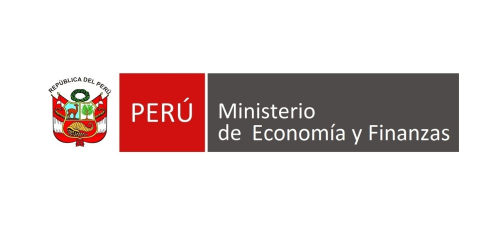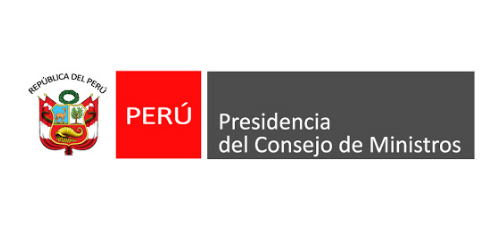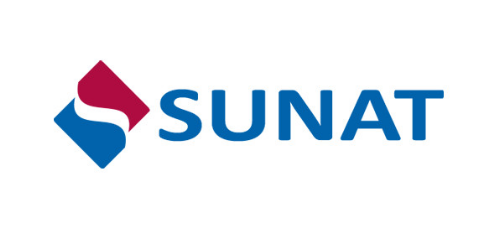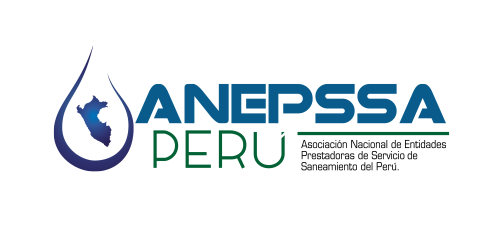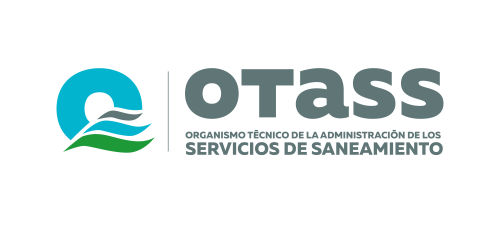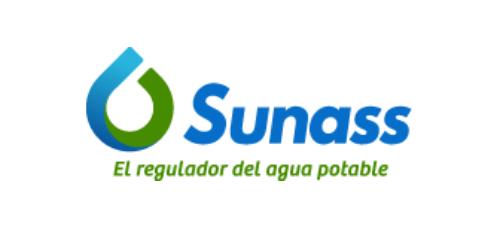- 23 de agosto de 2022
Accumulated Depreciation does not directly appear in the income statement. This calculation aids in evaluating the financial impact of asset transactions and assists in strategic decision-making. The book value represents the remaining value of an asset after accounting for accumulated Depreciation.
- The balance sheet reports the assets, liabilities, and owner’s (stockholders’) equity at a specific point in time, such as December 31.
- The accounting profession has addressed this situation with a mechanism to reduce the asset’s book value and to report the adjustment as an impairment loss.
- For any business to arrive at a conclusive and authentic accounting report, it is important to value these tangible assets, while taking into account the drop in asset value.
- The total depreciation over the asset’s useful life is $40,000, and the machine produces 100,000 units.
- And for entrepreneurs, mastering depreciation is essential for smart financial management and asset planning.
Accelerated depreciation is a method that allows businesses to depreciate assets at a faster rate in the early years of their useful life. This method is used to reflect the fact that assets tend to lose value more quickly in their early years. There are several types of accelerated depreciation methods, including declining balance, double declining balance, and sum of the years’ digits. One of the main financial statements (along with the statement of comprehensive income, balance sheet, statement of cash flows, and statement of stockholders’ equity).
How often should depreciation be calculated?
Since the balance is closed at the end of each accounting year, the account Depreciation Expense will begin the next accounting year with a balance of $0. At the end of year 10, the netbook value is equal to $ 20,000 which is the scrap value. At the same time, the accumulated depreciation also increases as the liner line. It will keep increasing the same amount over and over till the end of its useful life. So since the life of the toy-producing machine above is 15 years, we will add together the digits representing the number of years of the life of the assets.
This pattern will continue and the depreciation for the 10th year will be 1/55 times the asset’s depreciable cost. A significant change in the estimated salvage value or estimated useful life will be reported in the current and remaining accounting years of the asset’s useful life. Unlike the account Depreciation Expense, the Accumulated Depreciation account is not closed at the end of each year. Instead, the balance in Accumulated Depreciation is carried forward to the next accounting period. After the truck has been used for two years, the account Accumulated Depreciation – Truck will have a credit balance of $20,000.
Straight line depreciation FAQ
When the goods are in inventory, some of the depreciation is part of the cost of the goods reported as the asset inventory. When the goods are sold, some of the depreciation will move from the asset inventory to the cost of goods sold that is reported on the manufacturer’s income statement. After an asset’s depreciation is recorded up to the date the asset is sold, the asset’s book value is compared to the amount received. For example, if an old delivery truck is sold and its cost was $80,000 and its accumulated depreciation at the date of the sale is $72,000, the truck’s book value at the date of the sale is $8,000. Note that the estimated salvage value of $8,000 was not considered in calculating each year’s depreciation expense. In our example, the depreciation expense will continue until the amount in Accumulated Depreciation reaches a credit balance of $92,000 (cost of $100,000 minus $8,000 of salvage value).
Straight Line Depreciation: Definition, Formula, Examples & Journal Entries
While the straight-line method is the most straightforward, growing companies may need a more accurate method. If you want to take the equation a step further, you can divide the annual depreciation expense by twelve to determine monthly depreciation. This step is optional, but it can shed light on monthly depreciation expenses. This means taking the asset’s worth (the salvage value subtracted from the purchase price) and dividing it by its useful life. Journal entries usually dated the last day of the accounting period to bring the balance sheet and income statement up to date on the accrual basis of accounting.
The “declining-balance” refers to the asset’s book value or carrying value (the asset’s cost minus its accumulated depreciation). Recall that the asset’s book value declines each time that depreciation is credited to the related contra asset account Accumulated Depreciation. When the asset’s book value is equal to the asset’s estimated salvage value, the depreciation entries will stop. If the asset continues in use, there will be $0 depreciation expense in each of the subsequent years. The asset’s cost and its accumulated depreciation balance will remain in the general ledger accounts until the asset is disposed of. The MACRS is a depreciation system that was created by the IRS to simplify the process of calculating depreciation.
How to calculate the accumulated depreciation
At the end of each year, review your depreciation calculations and asset values. Adjust for any unexpected changes, like reduced useful life due to heavy usage or market shifts affecting salvage value. This number will show you how much money accumulated depreciation formula straight-line the asset is ultimately worthwhile calculating its depreciation.
Accumulated Depreciation, on the other hand, is an accounting concept that represents the cumulative depreciation expense recorded over the life of an asset. Straight line depreciation is a depreciation method that stays constant over the useful life of a fixed asset. Below we will describe each method and provide the formula used to calculate the periodic depreciation expense. The straight-line method is advised also because it presents calculation most simply. It has a straightforward formula and an approach that reduces the occurrences of errors.
- The balance sheet shows assets, liabilities, and equity in a business as of a given date– the end of a given accounting period.
- The amounts spent to acquire, expand, or improve assets are referred to as capital expenditures.
- Total accumulated depreciation expenses at the end of 31 December 2019 is USD 440,000.
- Each period the depreciation per unit rate is multiplied by the actual units produced to calculate the depreciation expense.
- The double Declining depreciation method is the accelerated depreciation that calculates the expense at a higher rate compared to the straight-line method.
Are you a student trying to understand how to calculate depreciation expense for your accounting exams? And for entrepreneurs, mastering depreciation is essential for smart financial management and asset planning. Depreciation helps allocate the cost of long-term assets over their useful life, impacting everything from financial statements to tax deductions. In this post, we’ll explore the 4 methods of depreciation—Straight-Line, Double Declining Balance, Sum-of-the-Years’ Digits, and Units of Production. Therefore, the DDB depreciation calculation for an asset with a 10-year useful life will have a DDB depreciation rate of 20%.
How to Calculate Accumulated Depreciation Expense Using Straight-Line
In addition to this, learn more about ways to calculate the expense, and how depreciation impacts financial statements. Unlike the other methods, the units of production depreciation method does not depreciate the asset based on time passed, but on the units the asset produced throughout the period. This method is most commonly used for assets in which actual usage, not the passage of time, leads to the depreciation of the asset. This method is calculated by adding up the years in the useful life and using that sum to calculate a percentage of the remaining life of the asset.
You can find more information on depreciation for income tax reporting at The double-declining-balance (DDB) method, which is also referred to as the 200%-declining-balance method, is one of the accelerated methods of depreciation. DDB is an accelerated method because more depreciation expense is reported in the early years of an asset’s life and less depreciation expense in the later years. In this example, the depreciation will continue until the credit balance in Accumulated Depreciation reaches $10,000 (the equipment’s depreciable cost). If the equipment continues to be used, no further depreciation expense will be reported. The account balances remain in the general ledger until the equipment is sold, scrapped, etc.
Accountants must ensure that their depreciation calculations comply with GAAP. Failure to comply with GAAP can lead to financial misstatements and potential legal issues. For example, assume your company purchased a piece of machinery for $100,000. Equity represents the ownership interest in a company and is calculated as assets minus liabilities.




